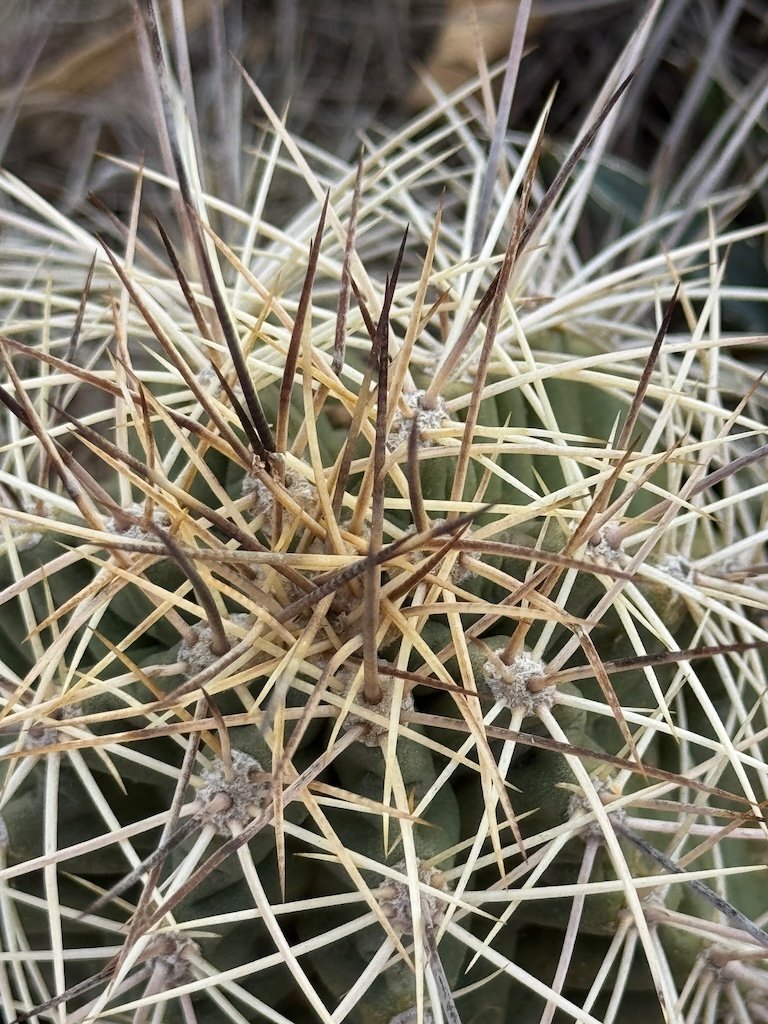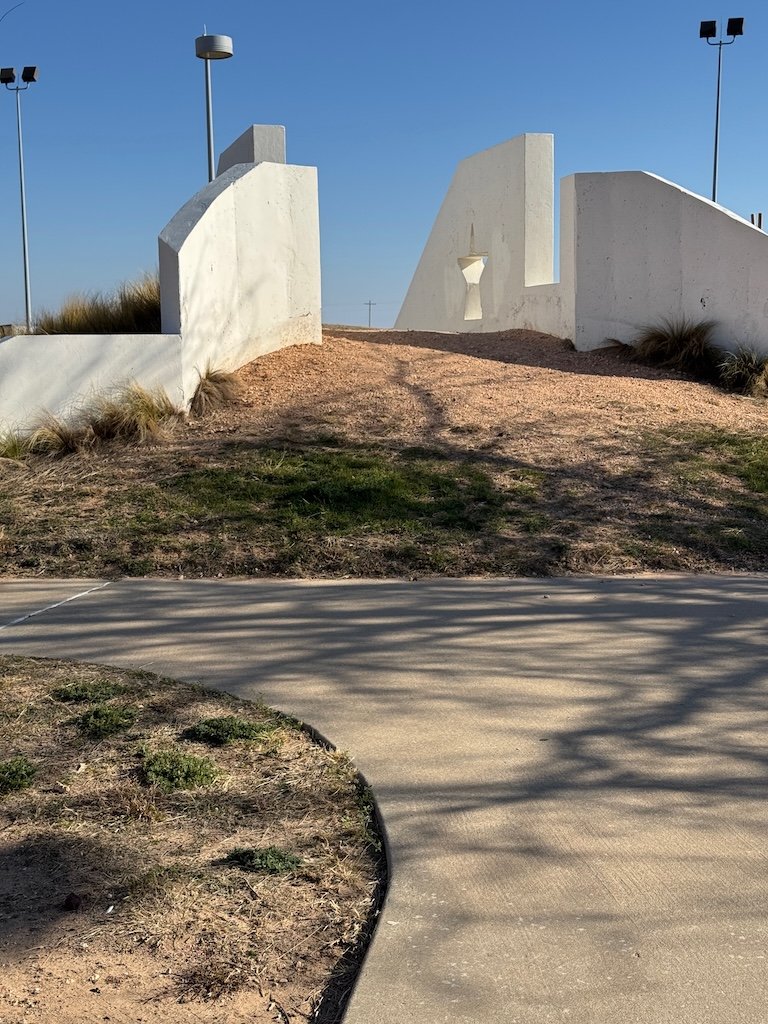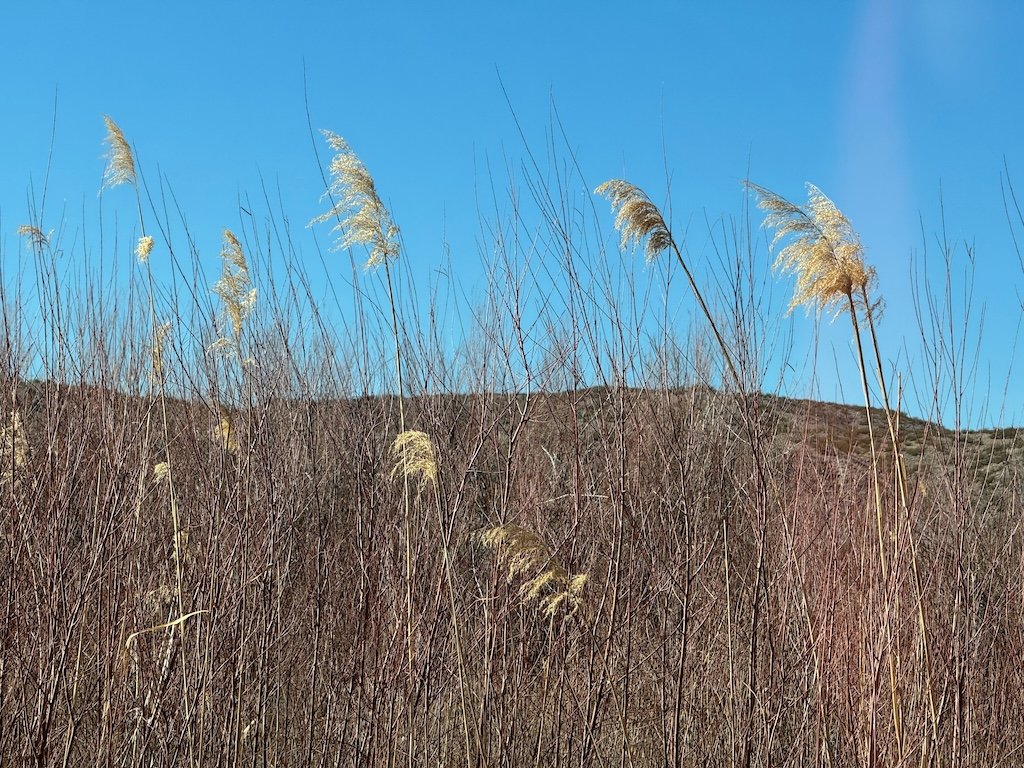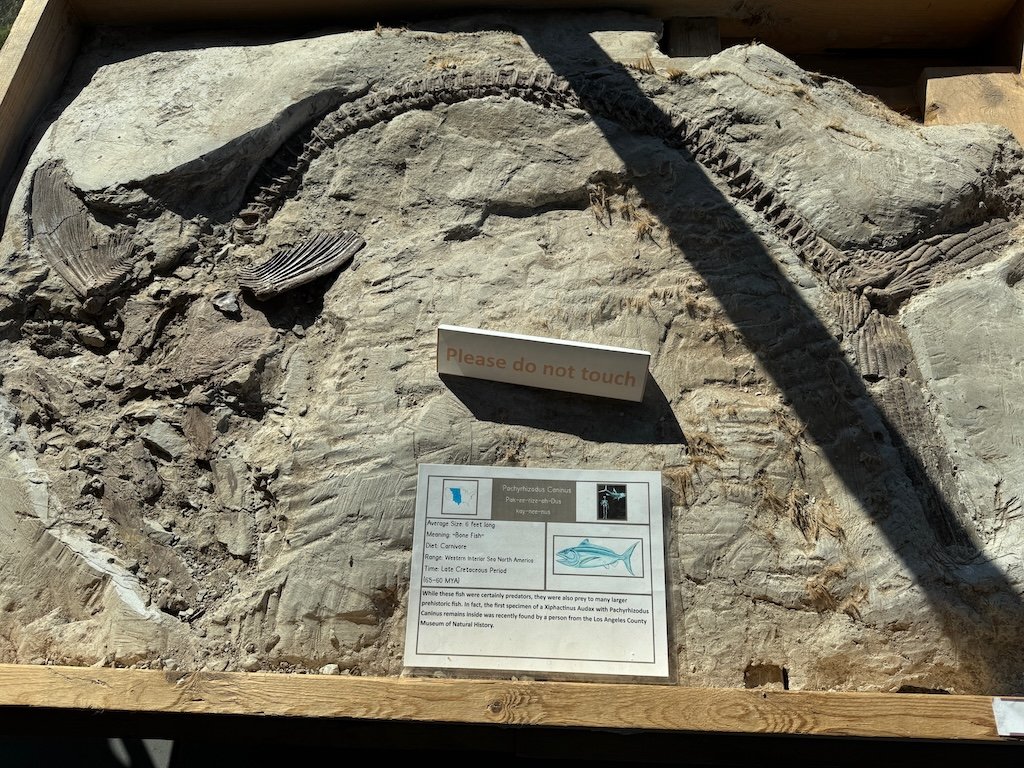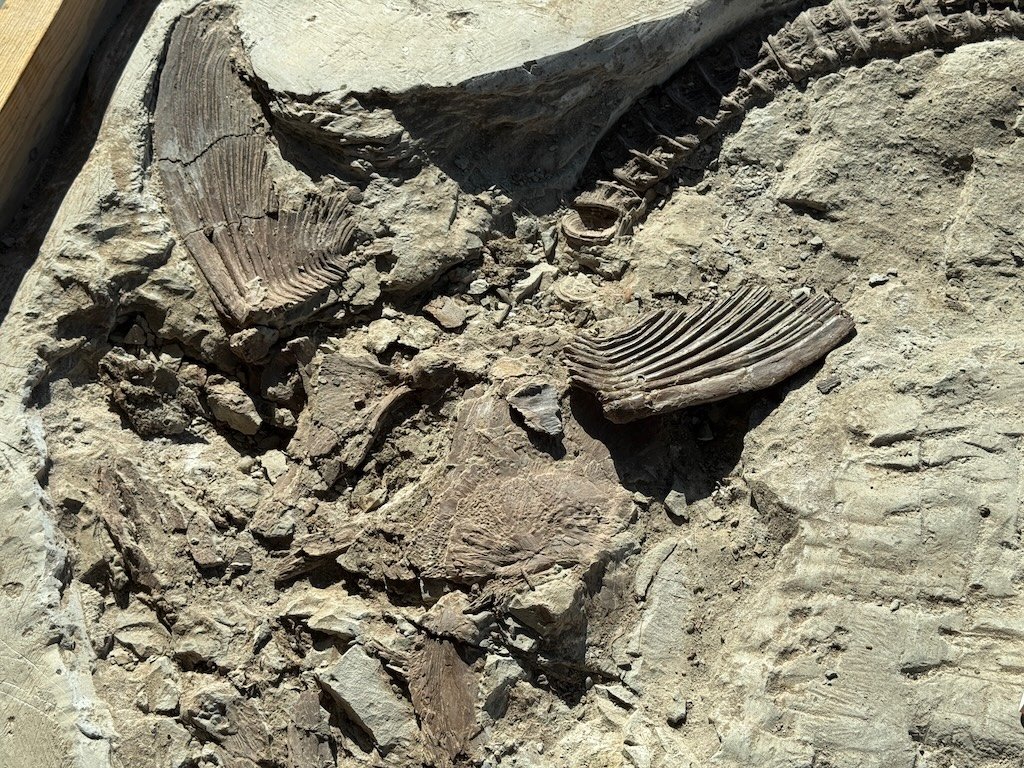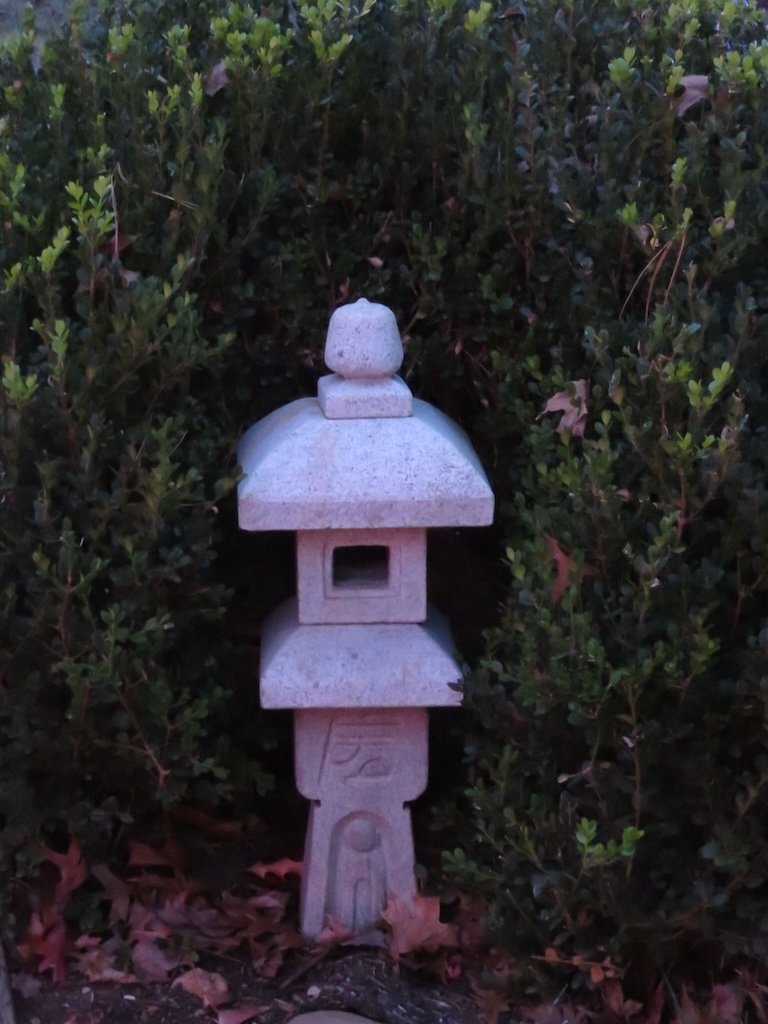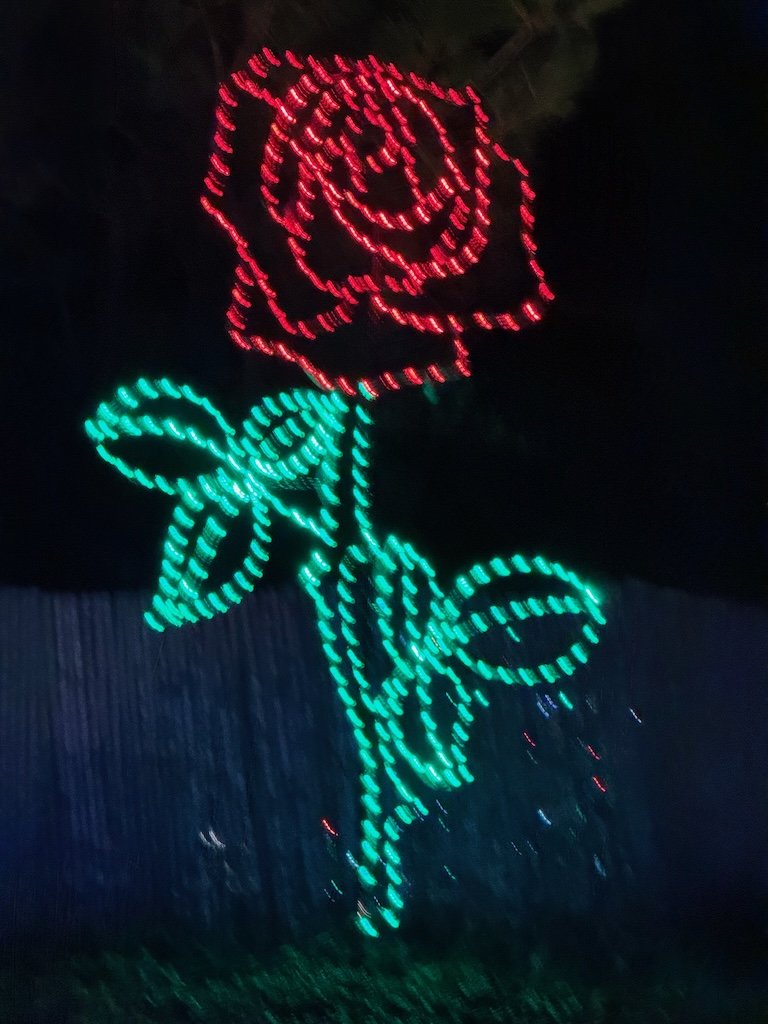The items below were ‘the cream’ of the articles and websites I found this past week. Click on the light green text to look at the article.
Unusual Foods People Used to Eat All the Time – Poke (as in pokeweed) salad, turtle soup, cream chipped beef on toast, limburger sandwich, and vinegar pie. I remember my mother serving cream chipped beef on toast in the 1960s. She also served canned chicken or hard-boiled eggs in cream sauce over toast! It was a quick meal in the days before microwaves.
Incredible Winners of the 2024 International Landscape Photographer of the Year – Take a look and pick a favorite. I like the ‘sunrise on the Atacama Desert’….its crisp lines. The lightning and double rainbow over the Grand Canyons is awesome too.
The ancient significance of the date palm - Phonecia translates to the “Land of Palms” in ancient lands, where palm growth and harvesting dates to approximately 5,000 years ago in ancient Mesopotamia, growing along the Tigris and Euphrates rivers. Date palm trunks and fronds were used as the roof for homes of Akkadians, Sumerians, and Babylonians. Mature palm leaves were made into mats, baskets, screens, and fans.
'One of the greatest conservation success stories': The 1969 mission to save Vermont's wild turkey - Vermont's wild turkeys are a successful restoration story, and one that stood the test of time, unlike elsewhere in the United States where wild turkey numbers are now declining.
Here's how much home prices have risen since 1950 – I bought my first home in 1978…bought subsequent homes in 1983, 1986, 1994, and 2022. I remember the interest rates on mortgages in the 1980s being high (the article says 13.7%) and 1990s (the article says 10.1%). In 2020 the interest rate was low, but we didn’t need a mortgage to purchase our last house! Every house we’ve purchased over the years has been above the median home price (unadjusted).
VA offering 'green burial sections' at national cemeteries – Hopefully ‘green burial’ will become the norm everywhere soon. We don’t need chemicals/embalming fluids leaching into the environment.
When Did People Start Eating Three Meals a Day? - In ancient Roman times, dinner was the one large meal everyone ate, although it was consumed earlier in the day than it is today — sometime around noon. This extended into the Middle Ages in Europe. Laborers often ate a small meal of bread and ale early in the morning before starting a day’s work on the farm. Their main meal of the day, called dinner, was served around noon, and a light snack, known as supper. By the end of the 18th century, many people were eating dinner in the evening after returning home from work. It wasn’t until around 1850 that lunch officially began filling the gap between breakfast and dinner. By the turn of the 20th century, lunch had become a defined meal, typically eaten between 12 p.m. and 2 p.m., and consisting of standard lunch fare even by today’s standards: sandwiches, soups, and salads.
Can we avert the looming food crisis of climate change? - The study integrates key concepts of the dynamics of atmospheric CO2, rising temperatures, human population, and crop yield…and highlights the urgent need to address CO2 emissions to maintain agricultural productivity. It also uncovers a promising strategy to mitigate crop loss caused by climate change: developing crop varieties with a higher temperature tolerance. Next steps for the team involve refining their model to include more variables like insect population, water availability, soil quality, and nutrient levels, which also impact crop yield under climate change.
US Grid Operators Kept the Lights on This Summer with More Solar, Storage, & Wind - In summer 2024, grid operators in all regions maintained enough capacity to keep the lights on during periods of peak demand, even as they retired older generators, and an increasing number of regions used more solar and storage to meet peak demand. Because it is one of the nation’s fastest-growing regions and had near-record peak demand in 2024, the new report concentrates on ERCOT (Electric Reliability Council of Texas) to analyze summer grid operations.
Square Meter Photography Project – Autumn – Macro photography on the prairie.

























